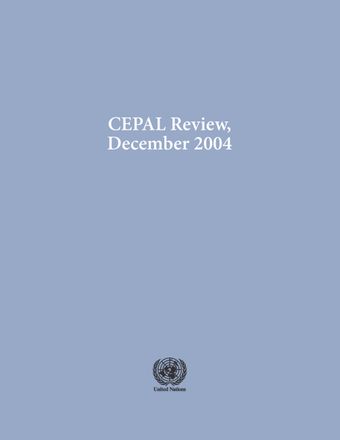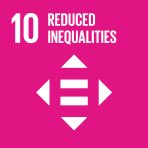-
Inequality in Central America in the 1990s
- Source: CEPAL Review, Volume 2004, Issue 84, Dec 2004, p. 175 - 196
- Spanish
-
- 23 Dec 2004
- Previous Article
- Table of Contents
- Next Article
Abstract
This study seeks to answer two questions: how and why has the distribution of labour income changed in Central America? and why does Costa Rica display greater equity? In order to answer these questions, a technique based on the estimation of earnings equations is used. The direction of the changes in inequality is not uniform and depends on the indicator used. Although only Costa Rica and Guatemala show an unambiguous deterioration in the 1990s, there are some phenomena common to all the labour markets studied that have contributed to increasing inequality. The most important of these is the increased dispersion of the number of hours worked, caused by increasing proportions of part-time and overtime workers in all countries. There are two main reasons for the lower relative inequality in Costa Rica: education is distributed more equally, and wage differences between rural and urban areas are smaller. These results suggest that public policies that universalize primary education and provide economic and social infrastructure to rural communities contribute to reducing inequality.





